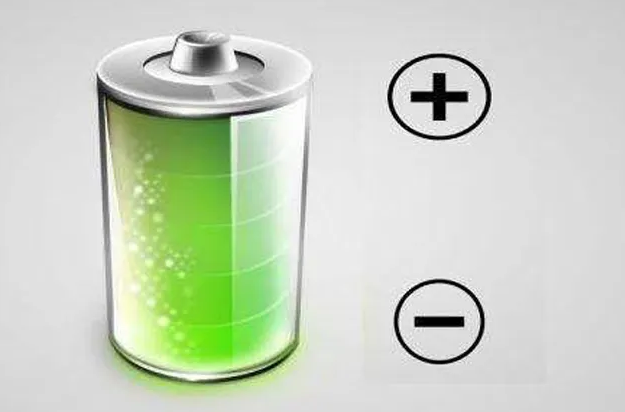Lithium battery anode material standard
Lithium-ion batteries have many advantages such as high energy density, long cycle life, small self-discharge, no memory effect and environmental friendliness. They have been widely used in consumer electronics fields such as smartphones, smart bracelets, digital cameras and notebook computers. With the most significant consumer demand. At the same time, it is gradually being promoted in the field of pure electric, hybrid electric and extended-range electric vehicles, and the market share growth trend is the largest. In addition, lithium-ion batteries also have a good development trend in large-scale energy storage fields such as power grid peaking, home power distribution and communication base stations.
It was not until 1989 that Sony's research found that petroleum coke could be used to replace metallic lithium, and lithium-ion batteries were truly commercialized. In the subsequent development process, graphite occupies lithium because of its low and stable lithium insertion potential (0.01 ~ 0.2 V), high theoretical specific capacity (372 mA · h / g), low cost and environmental friendliness The main market of ion battery anode materials. In addition, although lithium titanate (Li4Ti5O12) has a low capacity (175 mA · h / g) and a high lithium insertion potential (1.55V), it is structurally stable during charge and discharge and is a "zero strain material" Therefore, it has certain applications in power batteries and large-scale energy storage, occupying a small market share. With the increasing pursuit of the energy density of lithium-ion batteries, silicon materials and lithium metal will be the future development trend of anode materials.

Lithium-ion battery requirements for anode materials
As the core component of lithium-ion batteries, the negative electrode material usually needs to meet the following conditions during application:
① The lithium insertion potential is low and stable to ensure a higher output voltage;
②Allow more lithium ions to reversibly deintercalation, with higher specific capacity;
③The structure is relatively stable during charging and discharging, and has a long cycle life;
④Higher electronic conductivity, ionic conductivity and low charge transfer resistance to ensure smaller voltage polarization and excellent rate performance;
⑤ Stable solid electrolyte membrane can be formed with the electrolyte to ensure a high Coulomb efficiency;
⑥ The preparation process is simple, easy to industrialize, and the price is cheap;
⑦ Environmentally friendly, will not cause serious pollution to the environment during the production and actual use of materials
⑧ Rich resources, etc.
For more than 30 years, although there have been reports of new lithium-ion battery anode materials, few are genuinely commercially available, mainly because few elements can take into account the above conditions. For example, although materials such as metal oxides, sulphides, and nitrides that have a conversion reaction mechanism have a high specific capacity, they have a high plateau potential, severe polarization, large volume changes, and difficulty in forming stable The problems of SEI and high cost make it unable to be practically applied.
Graphite is widely used because of the good balance of the above conditions. In addition, although Li4Ti5O12 has a low capacity and a high lithium insertion potential, it has a stable structure during charge and discharge, allowing high rate charge and discharge, so it also has certain applications in power batteries and large-scale energy storage.
The production of negative electrode materials is only a part of the entire battery manufacturing process. The formulation of standards helps battery companies make judgments on the quality of materials. In addition, materials are inevitably affected by factors such as people, machines, materials, environment, and test conditions during production and transportation. Only by standardizing their physical and chemical properties can their reliability be truly ensured.
In general, the key technical indicators of negative electrode materials are crystal structure, particle size distribution, tap density, specific surface area, pH, water content, main element content, impurity element content, first discharge specific capacity and first charge and discharge efficiency.
High quality graphite manufacturer
If you need graphite powder, please feel free to send an email: sales@graphite-corp.com







